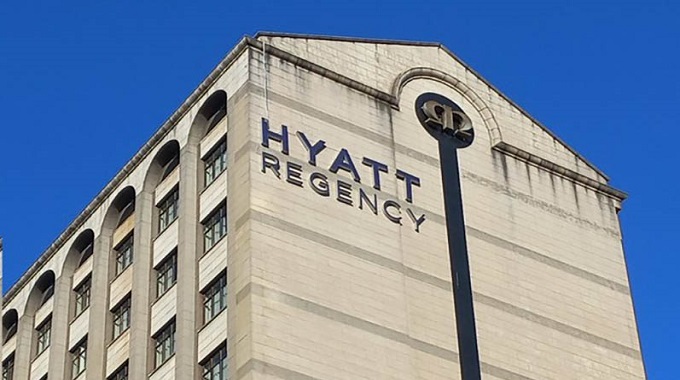Imports drive demand for warehousing space
Demand for warehousing space in Zimbabwe continues to grow due to the significant amount of imports into the country, which remains high despite progress made in promoting local manufacturing.
According to a recent research publication from Knight Frank Zimbabwe, the country’s limited manufacturing capacity has seen the country’s import bill remain high, driving demand for warehousing space, including in industrial zones.
The Southern African nation imported US$9,2 billion worth of goods in 2023 against outbound shipments valued at US$7,2 billion.
Zimbabwe has made progress in localising some of its value chains, but nearly two decades of economic meltdown until about 2017 eroded the country’s capital base, amid limited foreign investment and restoring the glory of yesteryear may take some time.
President Mnangagwa’s administration, which assumed power in 2017, has been working to address several bottlenecks to rebuild the economy, including addressing the country’s debt situation, doing business reform, engaging and re-engaging all global partners and opening Zimbabwe for business with all friendly nations.
“Storage, distribution, and logistics have emerged as the predominant use of industrial space.
“This has been driven by ongoing challenges faced by the manufacturing sector, particularly competition from imported goods,” said Knight Frank Zimbabwe.
The research findings noted that the industrial space has seen increased conversion into warehousing facilities, including areas such as Westlea, Sunway City, Msasa, and Mt Hampden.
This comes as the country has over the years seen an increase in the development of industrial facilities, some of which have since been converted into warehouses.
“There has been a discernible uptick in supply within Zimbabwe’s industrial market, evidenced by developments in key areas such as Westlea, Sunway City, Msasa, and Mt Hampden,” Knight Frank Zimbabwe added.
Furthermore, new warehousing facilities have been developed along the Airport Road, strategically positioned near the airport, offering convenient access for businesses seeking efficient transportation and logistics solutions.
The research publication noted the emergence of new industrial parks and spaces in Pomona, Msasa and Arlington, near Chitungwiza.
These facilities were developed to meet the changing requirements and demands of the market.
“Additionally, the emergence of new industrial parks and spaces across Pomona, Msasa, and Arlington offer modern facilities to meet evolving market demands,” Knight Frank Zimbabwe said.
Warehouses in Zimbabwe are designed to meet a broad range of needs, catering to various industries such as plasticware and cardboard. The designs primarily prioritise affordability, aiming to serve the growing population of low to middle-income individuals in the country.
Knight Frank Zimbabwe said: “The majority of warehouses in Zimbabwe cater for a diverse range of needs, from plasticware to cardboard, primarily targeting affordability to serve the expanding population of low to middle-income citizens.”
The demand for industrial space spurs economic growth by indicating a vibrant business environment and creating employment opportunities, attracting investments, and promoting business development which leads to increased productivity and innovation.
The potential returns on investment for industrial space can vary between 11 percent and 13 percent depending on the specific location in which it is situated.
Knight Frank Zimbabwe added that “Depending on the location, industrial space yields range from 11 percent to 13 percent.”
According to the publication, average rental rates for industrial space remain steady at US$3 per square metre for spaces less than 1 000 square metres and US$1 for larger spaces.-herald









